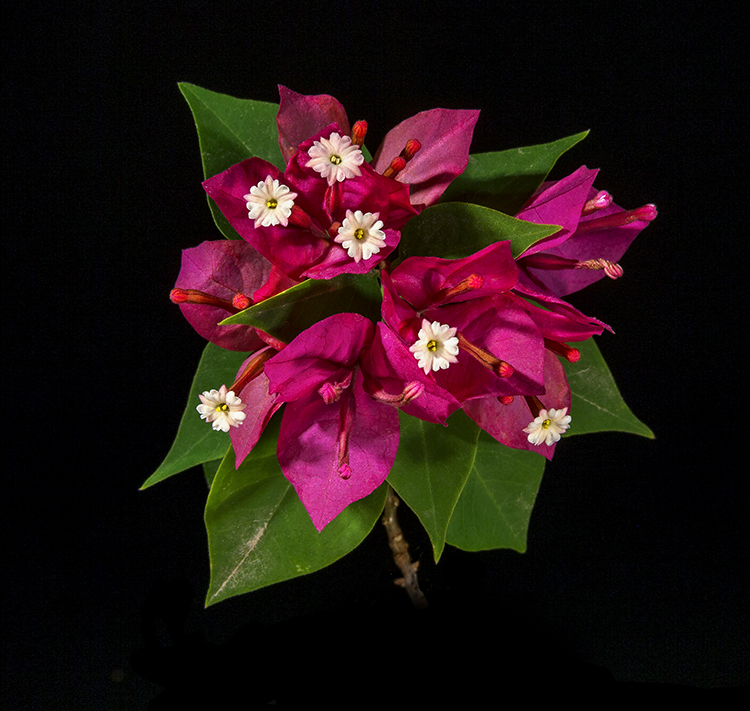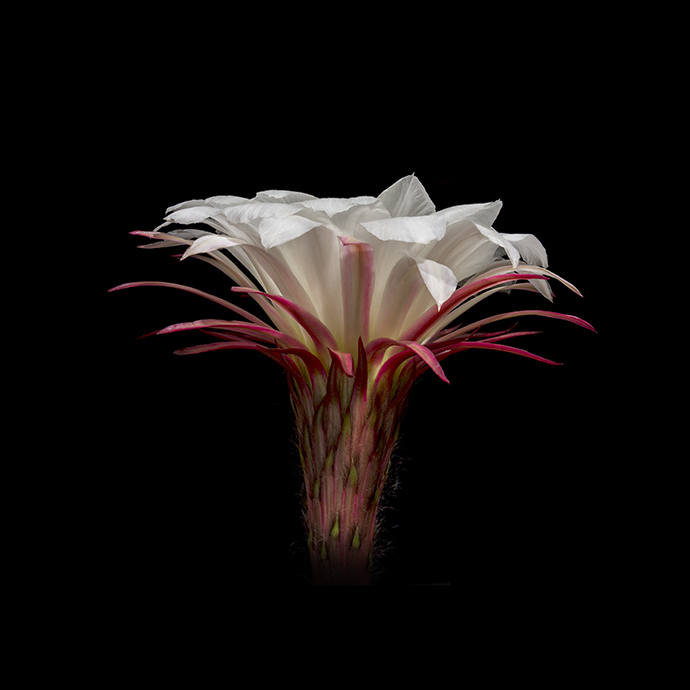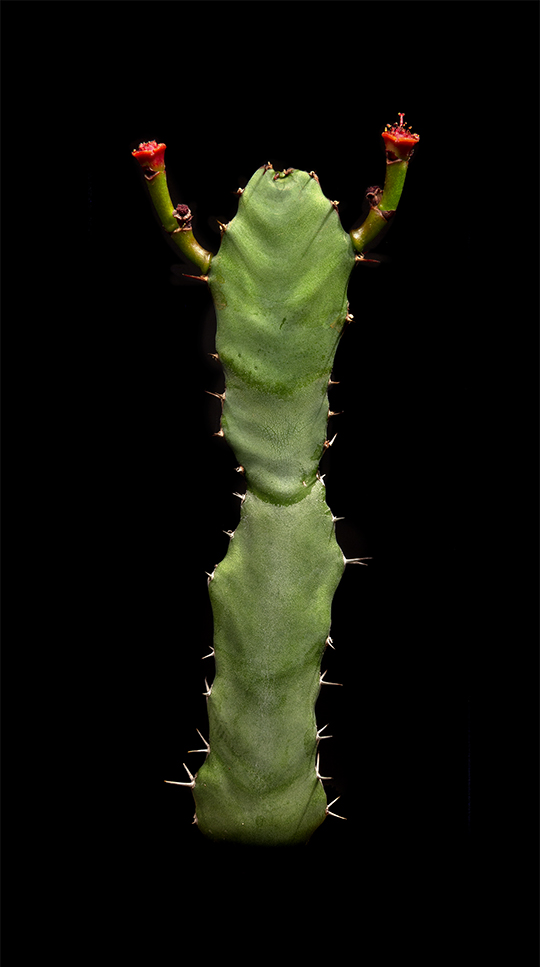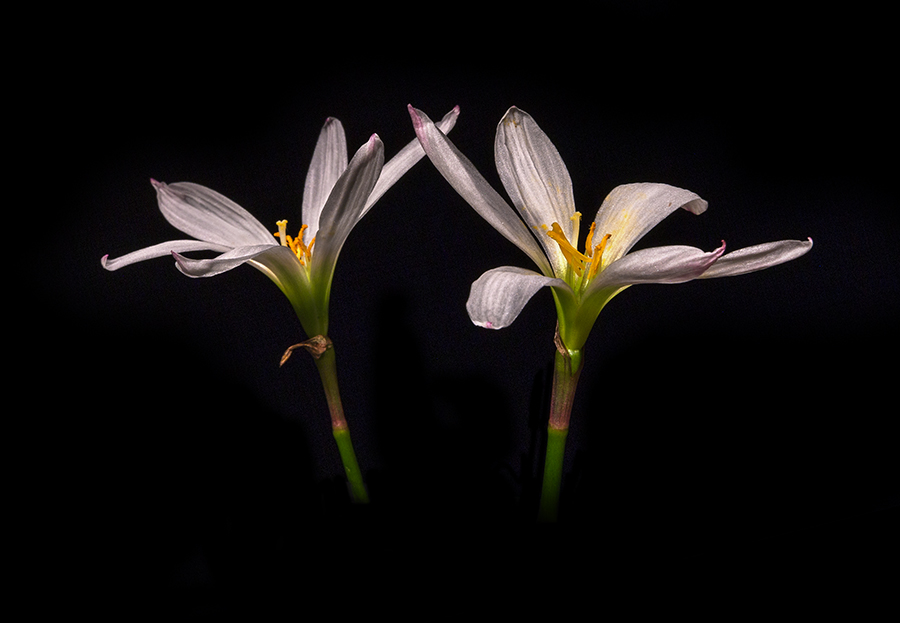Writer Amanda Christmann
Photography by George Gruel
[dropcap]T[/dropcap]here are plenty of facts to be said about Arizona plants. For example, there are about 3,400 species of plants that grow in our state, and we have an unusually diverse variety due to our contrasts in climate, topography and habitats.
Anyone who has been struck with the awe by the sight of the desert floor transformed by bright confetti flowers knows that facts don’t really matter. The blooms that fill the ground with such sweet and piercing dichotomy between fragility and strength are a testament to beauty and endurance.
Photographer George Gruel has spent his life capturing rock and roll icons like the Grateful Dead, Bob Dylan and the Band, Graham Nash and Warren Zevon. He has also accrued collections of the quirkily ordinary, including neon signs and eateries across the globe.
Gruel’s experience of life in the fast lane has given him a unique perspective on finding beauty in the natural world. Not only are his botanical photographs striking, but their singularity and micro perspective tell a different story than the broadstroke of views we’ve come to know so well.
Images Arizona is proud to share a bit of insight into Gruel’s work in this month’s photo essay. We hope that you’ll gain an appreciation for the detail in the beauty all around us, and that you, too, will stop and smell the flowers.



About the Photographer
For George Gruel, art and music have been more than just hobbies. While attending photography and art school in Michigan, he decided to travel to San Francisco to photograph the journey as part of his photographic thesis. That trip changed his life.
“It was a creative mecca like nothing I’d seen or experienced before,” he says.
The Bay called him back, and in the early 1970s, he lived with Grateful Dead founder Bob Weir and became part of the Grateful Dead family.
Rock and roll in those days was a little different than today, and many of the day’s biggest names hung out in the same circles. Gruel fit right in. He toured with New Riders of the Purple Sage, and he photographed Bob Dylan’s entire 1974 tour. In 1977, he took photos for the Eagles during their European Hotel California tour.
“In 1978, Warren Zevon asked me if I would be his aide-de-camp,” Gruel says. “Of course I accepted. It went way beyond the money for me; it was pure joy—fabulous people, rock-n-roll craziness, travel and most of all, amazingly great music.
“Working with Warren was the best job of my life. He was in his heyday. I was listed on all albums as his aide-de-camp. It was an all-encompassing term, which included me being his road manager for many tours, in the USA and Europe. We had great fun together through a myriad of adventures, including some that bordered on insanity.”
Gruel’s friend Graham Nash made him art director for the Crosby Nash album, “Another Stoney Evening.” He also photographed a few of Rick Springfield’s shows for a tour book.



“Throughout this portion of my life, I kept my eyes, hands and mind involved with photography. My photos from those days grace Zevon albums, Rolling Stone, books and are in a new book about Warren published by Harper Collins called “I’ll Sleep When I’m Dead.”
Gruel published a book of his adventures with Warren Zevon called “Lawyers, Guns and Photos.”
“I could ramble on and on about many obtuse times in Los Angeles and the world of rock-n-roll, but let’s fast forward. Ten years ago, my life took yet another marvelous leap into the unknown—the world of true love.
“I had never really known what great partner could do for one’s art and creativity, let alone, life. This all happened when I met my wife Jan. She is, by far, the best thing that has ever happened to me—and I’ve have had some pretty wonderful and unique experiences.”
A Little Prickly…
One of the most common Sonoran Desert plants is the prickly pear cactus. Nearly every part of the prickly pear is edible, including the fuschia fruits, called “tunas,” and the green pads, or nopales. Arizonans also tend to love their bright blooms, which are among the heartiest and first to appear after seasonal rains.



Because of their versatility and robustness, Australians began importing prickly pear cacti in the 1800s, with devastating results. The plants quickly became an invasive weed, smothering over 100,000 square miles—much of it farmland—with their impenetrable spiny paddles. Many farmers were driven off of their land by what they called “green hell.”
In 1919, the Australian government formed a board to try to eradicate the prickly pear. First, they tried to manually remove the cactuses, then they tried, also unsuccessfully, to poison the plants using chemicals. In a last-ditch effort, entomologist Alan Dodd introduced a moth aptly called cactoblastis cactorum, which has a larvae that feeds on prickly pear. His efforts worked, and a memorial hall in Queensland now commemorates not Dodd, but the moth that saved the day.
George Gruel Photography Exhibit
May 22–27 | Grace Renee Gallery | 7212 E. Ho Hum Rd., Carefree | Free | 480-575-8080 | gracereneegallery.com







Comments by Admin